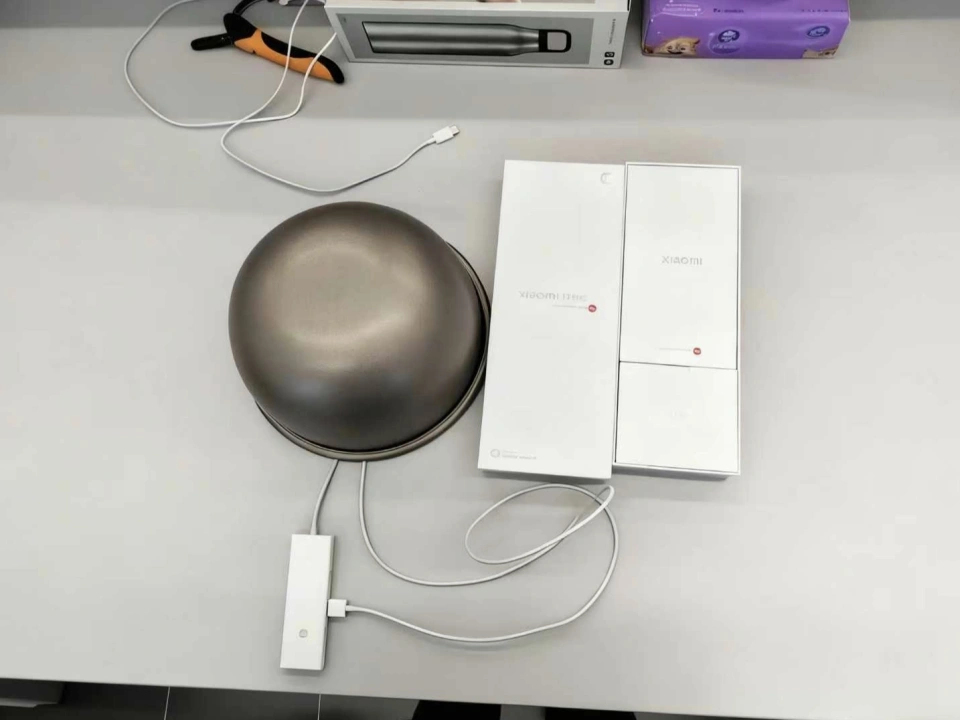 |
Xiaomi store employee uses rice cooker to "stew" customer's smartphone. Photo: Xiaohongshu . |
During the October shopping season, the smartphone market is bustling again with the launch of a series of new devices from "big names" such as Oppo, Huawei, or Xiaomi. However, along with the modernization of smartphones, users face a major problem when upgrading: the obsession of transferring tens, even hundreds of GB of data to a new device.
Traditional wireless transmission methods, especially in crowded, interference-prone environments like stores, can be incredibly slow. This annoyance has given birth to "secrets on using iron pans and rice cookers to "change phones" on Chinese social media.
Transfer data with pan, rice cooker
According to Lei Technology , Xiaomi stores have a "unique" way to speed up phone data transfer. Many people said that the staff will take out a pan or rice cooker and stage a humorous "phone stew in an iron pot" performance.
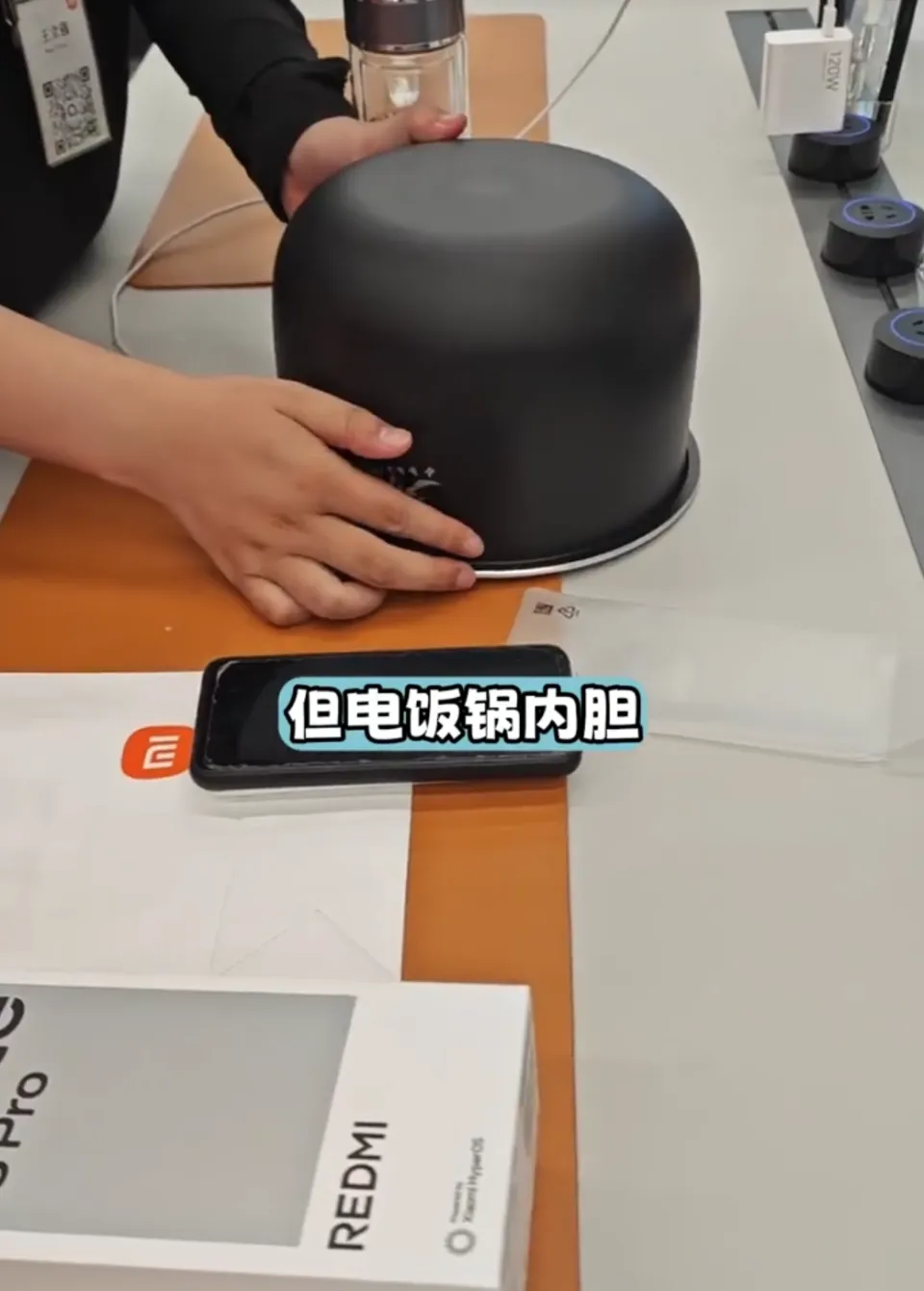 |
Putting your phone in a cage can increase data transfer speed by 2-3 times. Photo: Weibo. |
The items used are very diverse, the most popular is the rice cooker inner because the material is sturdy and most importantly, easy to find. Other options include iron mooncake boxes, metal pots, and even stainless steel lunch boxes.
Although it is unclear who initiated it, the fact that genuine stores all use metal objects to support the data transfer process shows that this is a popular "strategy".
Meanwhile, Oppo has chosen to go the official route by launching the "O Flash Move" service. This service uses a specialized device called "O Flash Transfer" - an aluminum alloy box, lined with heat-dissipating pads and professionally designed.
By placing both phones (old and new) in the box, the device allows instant wireless connection and data transfer at impressive speeds, which can reach around 200 MB/s.
The "Faraday cage" principle
Lei Technology conducted a comparative test to determine the actual efficiency of the "metal box" data transfer method with nearly 100GB of data.
In an office environment with dozens of Wi-Fi hotspots and multiple Bluetooth devices, the wireless data transfer only reached a maximum speed of 55 MB/s and took 52 minutes to complete. However, when the phone was placed in a metal box, the speed jumped to 130-140 MB/s, shortening the total time to just 19 minutes.
In a quieter home environment with minimal signal interference, direct data transfers were significantly faster, completing 100GB in about 25 minutes. Placing the phone in a metal box made no noticeable difference.
The test results clearly show that this strategy is indeed useful, but the most obvious and necessary effect is when the surrounding environment has many wireless signals and interference.
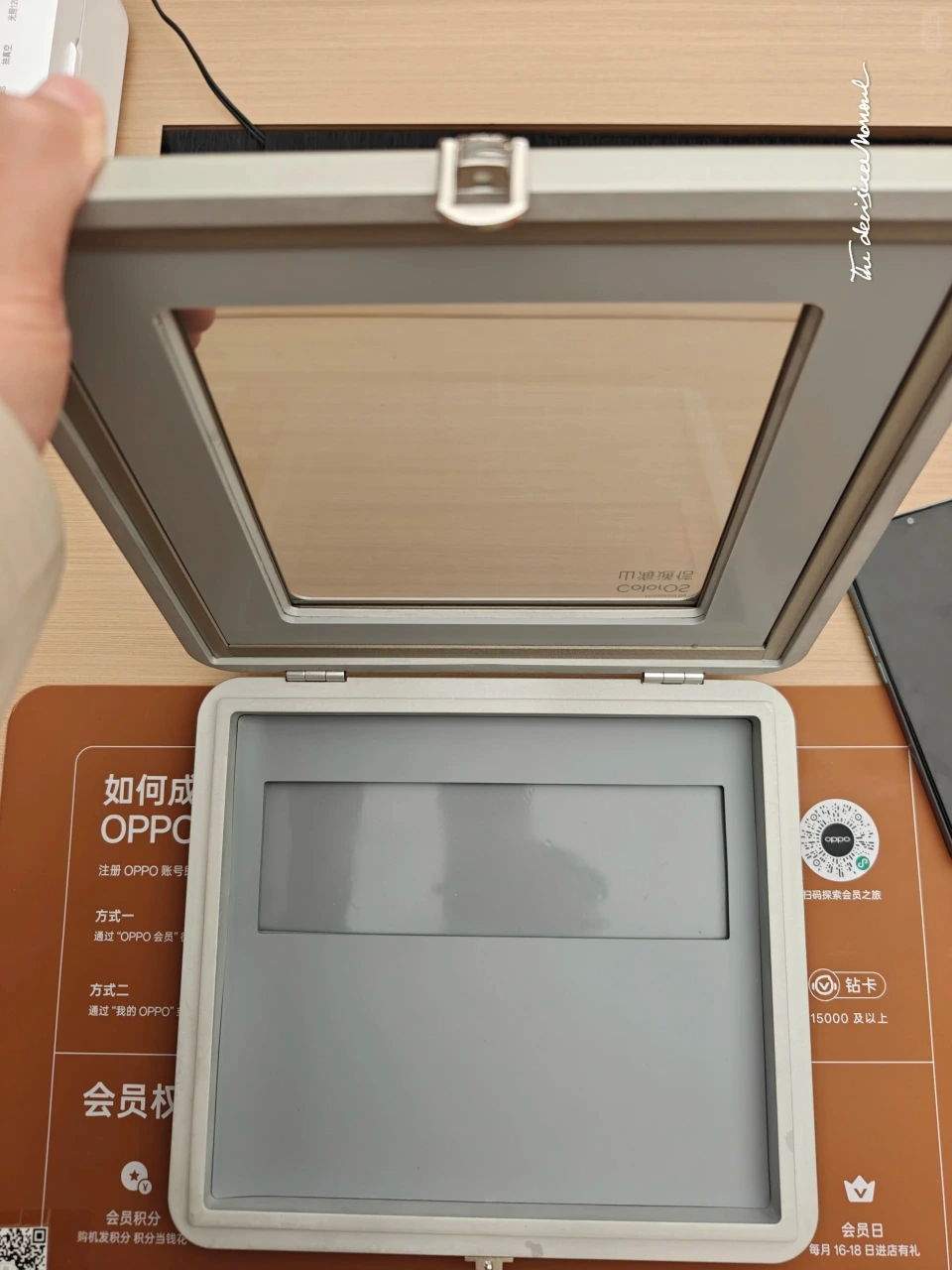 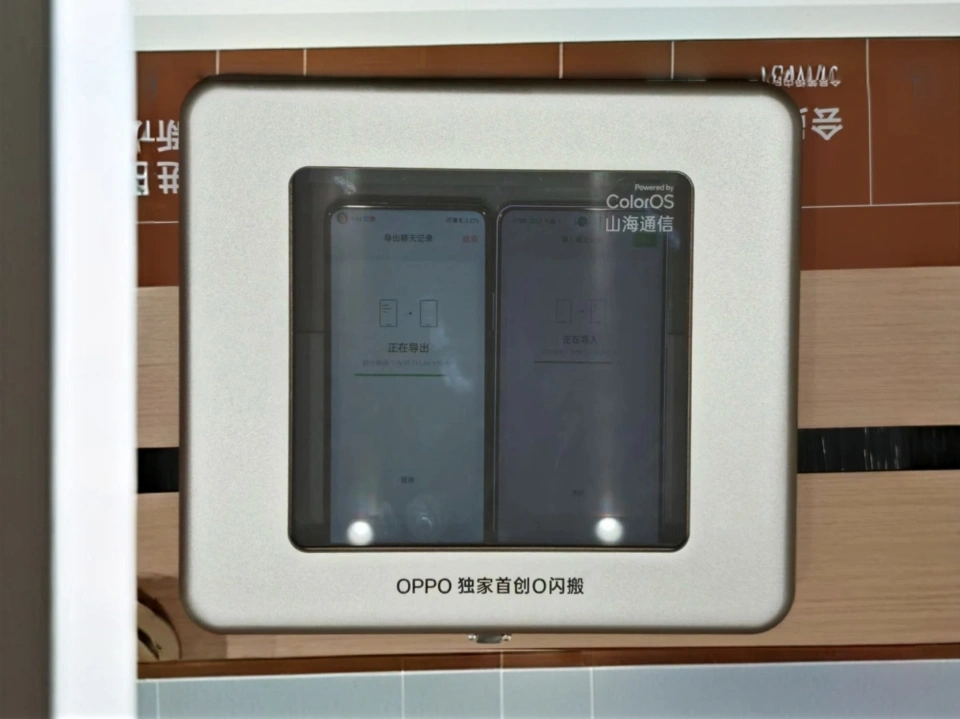 |
Specialized O Flash Transfer device at Oppo store. Photo: Xiaohongshu. |
In fact, this "magical" increase in data transfer speed is not a miracle, but a simple application of a physical principle called the Faraday cage.
This is a conductive metal structure that has the ability to shield electromagnetic waves, block and disperse external waves, creating a "pure zone" inside (similar to the phenomenon of losing phone signal in a metal elevator).
Specifically, the use of metal boxes completely solves two major problems of wireless transmission. The box acts as an external electromagnetic interference shield, eliminating the surrounding Wi-Fi and Bluetooth signals. From there, it helps the high-speed connection between two devices to take place seamlessly, without interruption or speed reduction.
At the same time, the metal box also helps to concentrate the internal signal. The Wi-Fi waves emitted by the phone will be reflected in a narrow space, creating a stronger and more concentrated signal field, optimizing the performance of the antenna.
The combination of noise cancellation and internal signal enhancement allows the transmission protocol to automatically push speeds significantly higher, often doubling or multiple times.
New competitive front
The adoption of this unique “trick” by major brands like Xiaomi and OPPO reflects an important industry trend. As hardware innovation (chips, screens, cameras) gradually reaches saturation point, the focus of competition between manufacturers is shifting to other factors.
Specifically, the phone replacement experience is the first service interaction right after purchasing the product, and plays a very important role because it directly affects the user's first impression of the brand.
By turning a simple, effective hack into a standardized and easily perceived service—either through a "homemade" metal box or an official device—manufacturers are sending a message: the era of winning the market by upgrading hardware specs alone may be over.
The future belongs to the brands that best solve real, tangible problems that consumers face.
Source: https://znews.vn/mang-chao-sat-noi-com-dien-den-doi-dien-thoai-post1597137.html


![[Photo] The 5th Patriotic Emulation Congress of the Central Inspection Commission](https://vphoto.vietnam.vn/thumb/1200x675/vietnam/resource/IMAGE/2025/10/27/1761566862838_ndo_br_1-1858-jpg.webp)


![[Photo] Party Committees of Central Party agencies summarize the implementation of Resolution No. 18-NQ/TW and the direction of the Party Congress](https://vphoto.vietnam.vn/thumb/1200x675/vietnam/resource/IMAGE/2025/10/27/1761545645968_ndo_br_1-jpg.webp)
![[Photo] National Assembly Chairman Tran Thanh Man receives Chairman of the House of Representatives of Uzbekistan Nuriddin Ismoilov](https://vphoto.vietnam.vn/thumb/1200x675/vietnam/resource/IMAGE/2025/10/27/1761542647910_bnd-2610-jpg.webp)



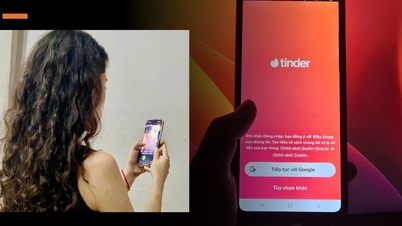


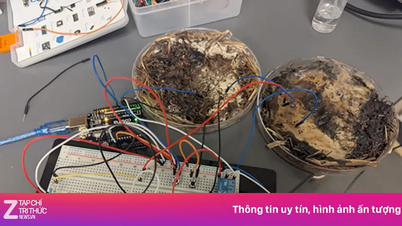
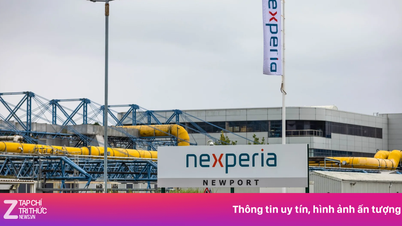
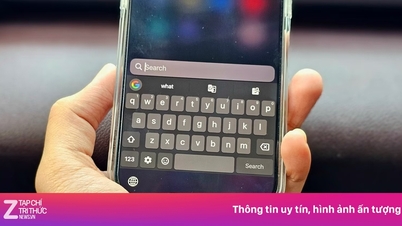









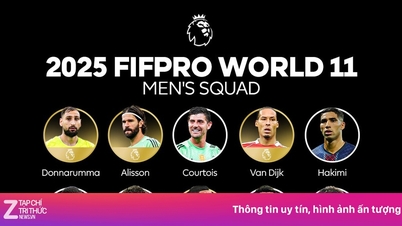
















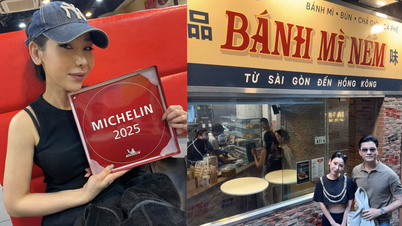













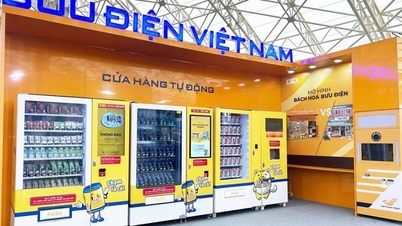








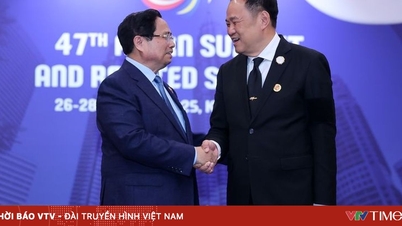





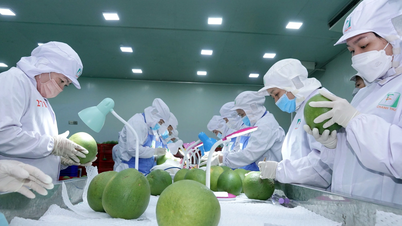

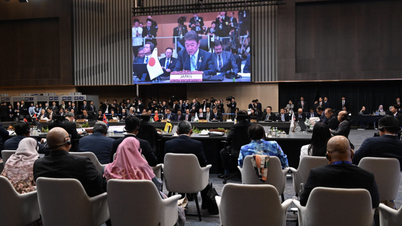




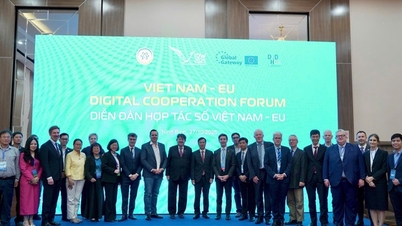





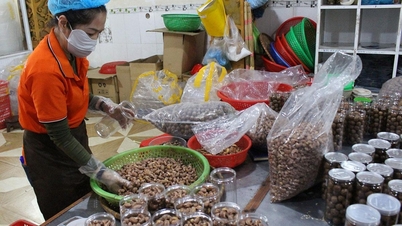

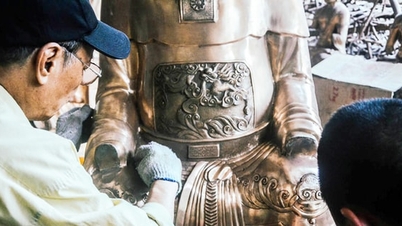


















Comment (0)